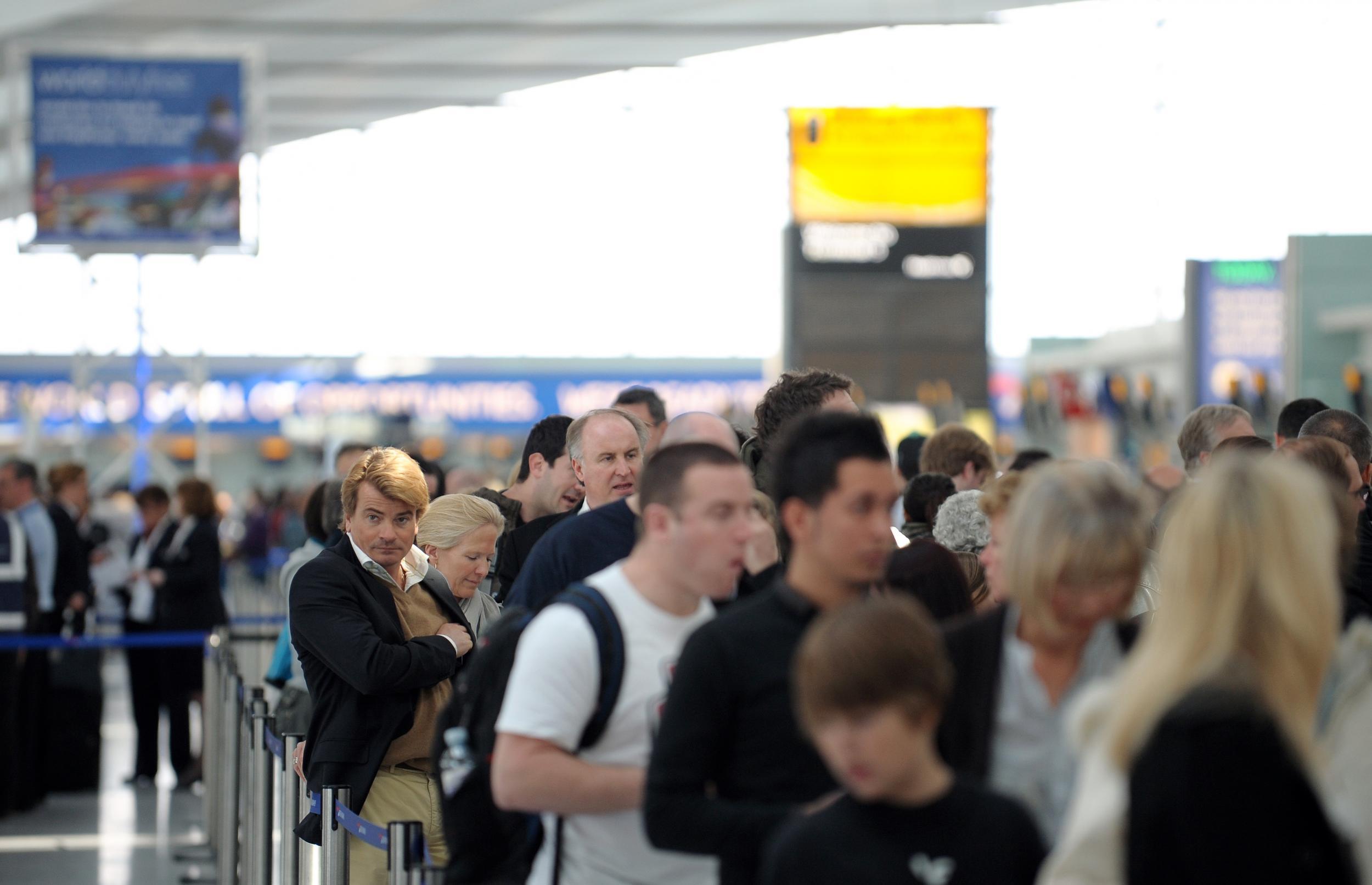Why it's taking longer to reach your final destination, and how to make your plane journey shorter
Six top tips on quicker journeys from our speedy travel correspondent

Aviation enthusiasts celebrate 21 January because it was the date in 1976 when Concorde first flew paying passengers: on British Airways to Bahrain, and on Air France to Rio. The supersonic jet was grounded over 12 years ago, and replacements remain firmly on the drawing board.
Yet since the demise of Concorde, many flights have got faster, despite some odd reports to the contrary.
The backbone of the easyJet fleet, for example, used to be the Boeing 737-300. When the -700 model, with a higher cruising speed, replaced it, the faster plane shaved 20 minutes off the flight time from Luton to Athens. Slower 1980s and 1990s aircraft such as the Airbus A340 and Boeing 767 are being replaced by faster jets, such as the A350 and 787.
Flights are also faster because they take more direct routes — with airlines such as Thomas Cook in the forefront of cutting distance, carbon emissions and journey times. The easing of “ETOPS” rules on how close twin-engined planes must stay to diversionary airports means straighter trans-oceanic journeys aboard aircraft such as the Boeing 777 and Airbus A330.
Despite the acceleration in the skies, though, overall journey times are increasing — partly because of congestion on the ground and approaching busy airports. Published schedules are “block times”, timed from when pushback starts on departure to the moment the brake is applied on arrival at the gate.
In addition, airlines demand you spend extra time at the airport before your flight. An excellent example of both these phenomena is the Heathrow-Glasgow flight on British Airways.
In the 1980s, the “block time” for the 345-mile journey was 70 minutes. Today, due to the likely need to queue for departure from Europe’s busiest airport, it is 90 minutes. And during the days of BA’s “turn up and go” Shuttle operation, passengers with cabin baggage could roll up at the Heathrow gate just 10 minutes before departure. Today, you need to be at the security queue a minimum of 35 minutes ahead, or you won’t be allowed on board. That means a journey time around 50 per cent longer.
Yet much has improved for British travellers, mainly thanks to the longer legs of modern aircraft and the vastly increased choice of flights. Flying from Newcastle to Auckland in the 1980s, for example, would typically have taken five or six legs and a good day-and-a-half. Today, there’s just one stop required, in Dubai — where there are also connections to the top four Australian cities.
To accelerate your journey, take notice of these six top tips.
Avoid slow planes
Between Manchester and Amsterdam, easyJet’s twin-jet Airbus is going to get you there quicker than Flybe’s propellor plane. The two airlines have a daily race, both scheduled to leave Manchester at 7am; easyJet usually wins.
In the first wave of flight from London to New York, Virgin Atlantic’s Airbus A340 overtakes United’s Boeing 757, but is beaten for speed by BA’s 747 Jumbo. And even though American’s first 777 leaves after Delta’s 767, it gets to JFK five minutes earlier.
Choose a quiet airport
Southend is out on a limb in south-east Essex, with relatively few flights compared with the other London airports. And that is reflected in flight times. While Southend is further from Alicante than Gatwick, easyJet’s schedule is quicker. And for destinations to the east, including Cologne, Prague, Vienna and Budapest — which start up from Southend in May — not only is the distance shorter, but congested London airspace is avoided.
Celebrate fast connections
Keep the transfer time to a minimum, and you’ll spend less time on the journey. While Gatwick’s short-lived 26-minute promise has extended, there are some key hubs where international connections are quick. In Europe, Vienna and Munich (Terminal 2 only) promise transfers as brief as 30 minutes, while Addis Ababa is Africa’s unchallenged leader for fast turnarounds with just 45 minutes needed between Ethiopian Airlines international flights.
Haneda not Narita
British Airways serves both Tokyo airports. From Narita, the flight time to Heathrow is five minutes slower. But Narita is also many miles from the Japanese capital, compared with a short hop on the subway to Haneda. You’ll get at least an hour extra in Tokyo, and save on rail tickets too.
Choose the quick route
British Airways competes with Qantas between Heathrow and Sydney. BA refuels in Singapore, its Australian rival at Dubai. Because BA’s routing is more direct, it beats Qantas by 45 minutes. To Auckland in New Zealand, the fastest way to travel outbound is via Hong Kong or Dubai, but coming back via Los Angeles is best.
Opt for an on-time airline
Three UK airlines made the top 20 of the world’s most punctual carriers in 2016, compiled by the flight information specialist, OAG: Flybe, Jet2 and Monarch.
Join our commenting forum
Join thought-provoking conversations, follow other Independent readers and see their replies
Comments